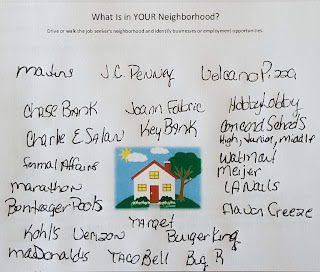Every year, usually in October, the federal government announces the latest Cost of Living Adjustment, fondly referred to as COLA. The new rates are based on the Consumer Price Index, which is really a measure of the average change in prices for the nation’s goods and services.
COLA at Work (or School)
Ah, but why should you or your beneficiaries or job seekers care? The simple answer is that the employees you support can earn more money and still qualify for benefits. Let’s talk about how that affects three groups of people: 1) SSDI recipients, 2) SSI recipients, and 3) some students with disabilities.
SSDI Recipients
Social Security’s substantial gainful activity (SGA) level and many of its work incentives are based on the annual COLA rate. In 2018, for instance, that means a worker eligible for Social Security Disability Insurance (SSDI) who is earning less than $1,180 per month may still be eligible for benefits after his or her Trial Work Period.
The new 2019 SGA level for workers who are disabled is $1,220; it’s $2,040 for workers who are blind. The recent COLA increase led to a fair increase in the SGA, which means your beneficiary can now earn $40 more per month ($480 per year) and still qualify for SSDI.
SSI Recipients
COLA also affects recipients of Supplemental Security Income (SSI). In 2018 the maximum SSI payment (the Federal Benefit Rate or FBR) was $750. In 2019, the FBR is $771, an increase of $21 per month.Students with Disabilities
Students with disabilities who are working make up another group affected by COLA if they’re using the Student Earned Income Exclusion. In 2019, Social Security ensures that working students can keep more of their SSI check by not counting up to $1,870 per month ($7,550 annually) of earned income when calculating a student’s monthly SSI payment.
2019 Employment & Benefits Information Trainings
The Center on Community Living and Careers is excited to announce its 2019 training schedule. This year we will continue to offer “Discovery Training,” “Employment Specialist Training,” “Strategies for Effective Supported Employment,” “Benefits Information Network Trainings” (Basic and Recertification trainings and “Social Security & Work Incentive Information” trainings).
In addition, we’re adding a new online job development training to our menu. “Beyond Barriers to Passion and Possibilities,” featuring Denise Bissonnette, will be offered twice in 2019.
We will also continue the Leadership Series for VR and community employment directors, supervisors, and managers. The second installment in the series, “Better Together: Building Effective Employment Teams,” is an online, self-paced series of modules, which will open January 28. More information coming soon.
Mark your calendars and watch your email inboxes to begin planning for your attendance! We have several trainings planned for January! Download and print the 2019 Employment Trainings save-the-dates flyer!
More Benefits Information
There are certainly more details regarding COLA and specific work incentives. Fortunately, Indiana has resources for workers with disabilities and the people who support them. That means you!
CCLC will post updates to its Work Incentive Fact Sheets in January 2019. Fact sheets will incorporate the updated SGA and COLA information and any other new information from Social Security.
Have more questions about national and state benefits that affect beneficiaries? Contact a Benefits Information Network (BIN) liaison. There are now 179 certified BIN liaisons in Indiana. For a referral to a BIN liaison, contact the Center on Community Living and Career’s Kelley Land (our benefits guru) at kelland@indiana.edu.

















